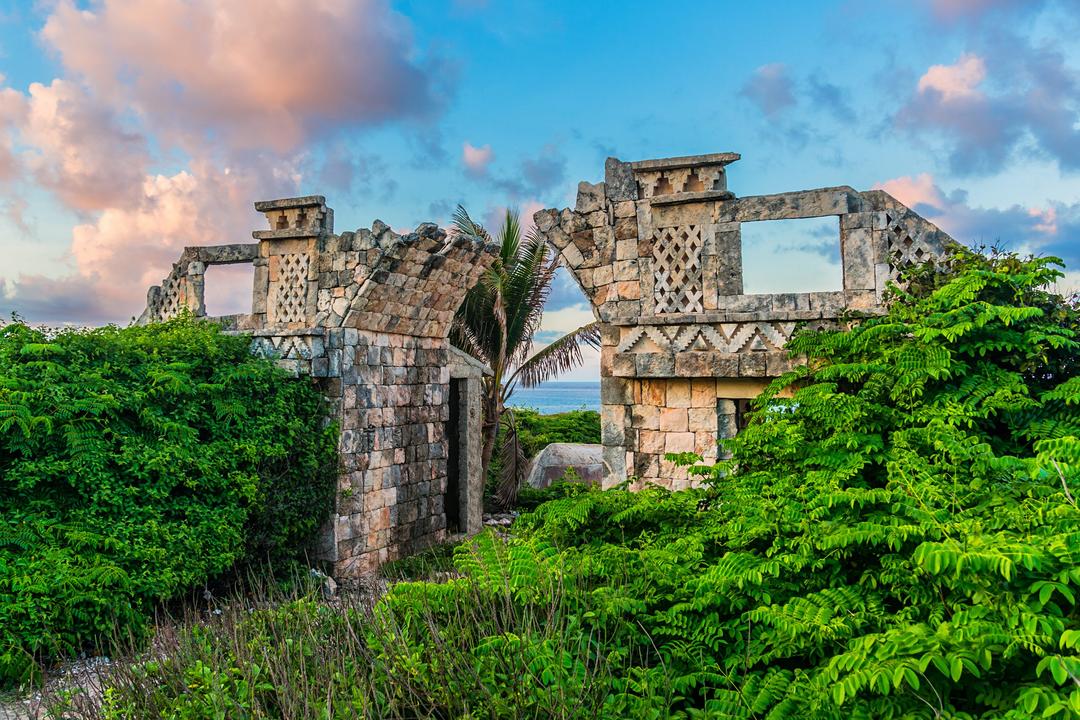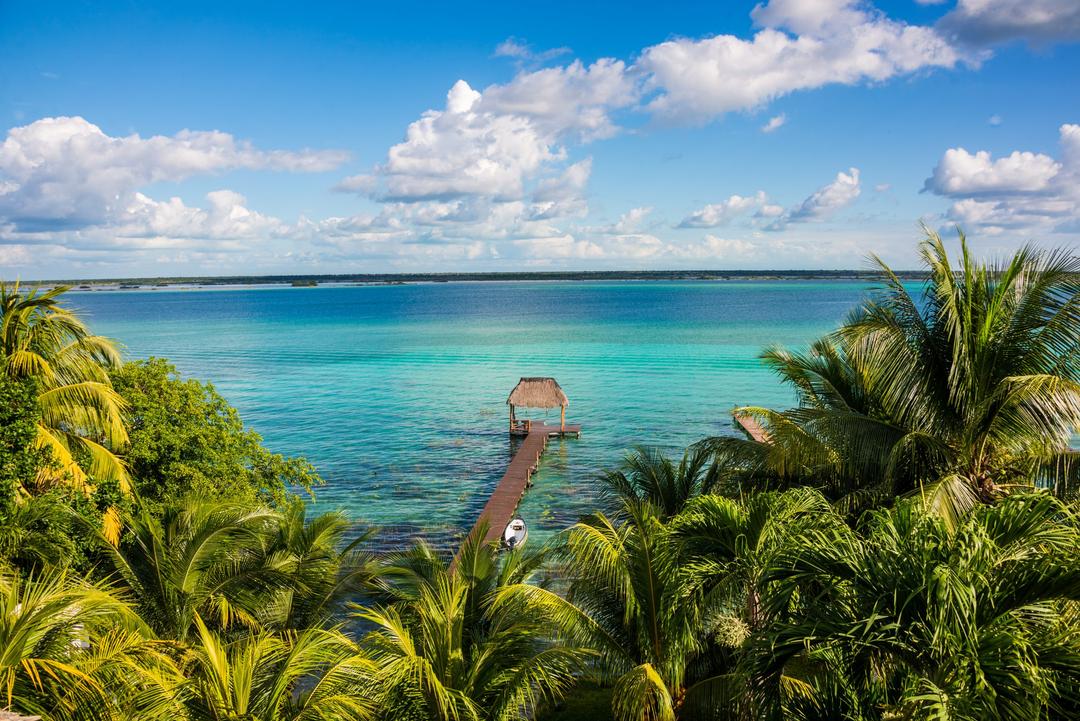Zapotec culture
Learn about one of the most important ethnic groups of the American continent, which was concentrated in the south of Mexico, specifically in Oaxaca, and which expanded its geographic location enormously.
Characteristics of the Zapotec culture
In pre-Columbian times, the Zapotec civilization was one of the most important in Mesoamerica, before the arrival of the Spaniards.
They were polytheists, which means that they worshipped many gods, among them, the God of Rain, God of Agriculture or the God of the Sun. Within the religion, it was normal to offer sacrifices to their different gods, both to honor them and to ask for good harvests, among other things.
One of the games they played the most was the ball game, since in many of the Zapotec villages and cities there were spaces dedicated to the practice of this sport.
Zapotec political organization
The political organization of the Zapotecs was divided into two main spheres, the religious organization and the monarchic organization. The former obeyed one or more divinities, who spoke through the priests, while the monarchical organization worshipped an earthly king, to whom the priests also obeyed.
The priests were the messengers of the gods, those who transmitted the will of the deities, and therefore decided, among other matters, the sacrifices.
Alongside the priests was the military power, also a very important stratum within Zapotec society. War was one of the most important issues for them, being obligatory as a man to always participate in it.
Zapotecs: social organization
The first Zapotec settlers were sedentary and practiced a polytheistic religion. Throughout the years they developed a varied agriculture that provided food for the citizens and expanded the community in the commercial and/or social area.
Finally, they settled in their main city, Monte Albán, one of the most visited archaeological sites today for its historical importance and beauty, among other reasons.
In Zapotec society there were lower classes, composed of slaves, peasants or artisans, to higher classes such as priests, military and nobles. Despite being one of the most influential and prosperous societies, it suffered a great decline following climatological and political disasters.
Zapotec painting
In addition to painting, the Zapotec culture stands out for the production of objects made of gold and precious stones that were shaped, as well as for the production of ceramics, among others. Many of these creations were carved or drawn, being determinant today to know about their Zapotec customs, culture and beliefs.
Thanks to the paintings also found in archaeological sites such as Monte Albán, it has been possible to find out what their political, social and economic organization was like, among many other questions of great historical value.
Related Posts:Zapotec culture
Continue informing yourself...

What to do in Cancun (Part 1)

Have you Been to Marimba Park?

What to do in Isla Mujeres

